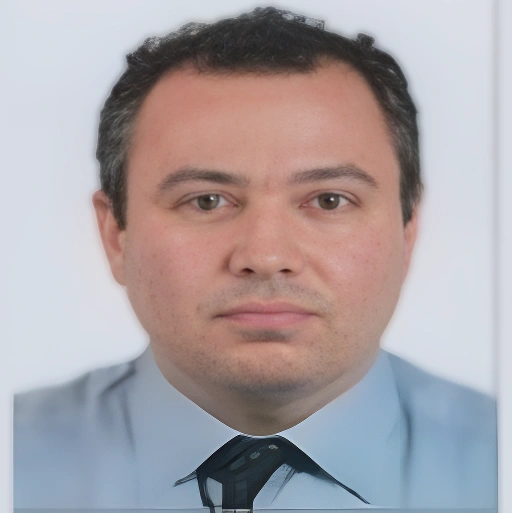Analysis of stone-free rates and residual fragment sizes following standard percutaneous nephrolithotomy: mistakes in the treatment of non-opaque kidney stones



Yazarlar (6)
Doç. Dr. Ümit YILDIRIM
Kafkas Üniversitesi, Türkiye

Biruni Üniversitesi, Türkiye
Dr. Öğr. Üyesi Mehmet EZER
Kafkas Üniversitesi, Türkiye
Doç. Dr. Mehmet USLU
Kafkas Üniversitesi, Türkiye
Dr. Öğr. Üyesi İsmet Bilger ERİHAN
Kafkas Üniversitesi, Türkiye

Türkiye
| Makale Türü | Özgün Makale |
| Makale Alt Türü | SSCI, AHCI, SCI, SCI-Exp dergilerinde yayınlanan tam makale |
| Dergi Adı | UROLITHIASIS |
| Dergi ISSN | 2194-7228 Wos Dergi Scopus Dergi |
| Dergi Tarandığı Indeksler | SCI-Expanded |
| Dergi Grubu | Q2 |
| Makale Dili | İngilizce |
| Basım Tarihi | 04-2023 |
| Cilt No | 51 |
| Sayı | 1 |
| Sayfalar | 1 / 6 |
| DOI Numarası | 10.1007/s00240-023-01448-0 |
| Makale Linki | http://dx.doi.org/10.1007/s00240-023-01448-0 |
| Özet |
| Our presented study aimed to evaluate the possible effects of stone opacity, on both the success of percutaneous nephrolithotomy and the sizes of residual fragments following the procedure. Medical records of patients undergoing PCNL treatment for kidney stones at our clinic between July 2014 and May 2022 were evaluated in a retrospective manner. A total sample size of 304 patients with the required criteria was included. Patients were divided into two groups based on the radiopacity status of the stones assessed in the kidney-ureter-bladder graphy (KUB) [Group O (n = 211): opaque, Group N (n = 93): non-opaque)]. Demographic data, laboratory results, and surgical follow-up information were comparatively evaluated between groups. The mean age and percentage of female patients were higher in Group N (45.2 vs. 25,1%; p < 0.001). Also, patients in this group were associated with more comorbidities. No significant difference was present regarding stones' laterality, size, surface area, and localization. Cases in the Group N group demonstrated higher median hemoglobin reduction [1.7 (IQR = 1.2-2.5) vs. 2 (IQR = 1.6-2.6); p = 0.047]. The stone-free rates in Group O patients were higher (67.8% vs. 53.8%; p = 0.014). The size of the residual fragments was meaningfully larger in Group N cases [8 (IQR = 7-13) vs. 10 (IQR = 8-16); p = 0.032]. Finally, no significant difference was observed between the groups regarding both minor (as grade 3a and below) and major (grade 3b and above) assessed by the Modified Clavien-Dindo Classification. Our data show that treatment of patients with so-called non-opaque kidney stones by PCNL results in low SFR and larger residual fragments, which is due to a variety of errors that should be avoided by appropriate measures. |
| Anahtar Kelimeler |
| Mistakes | Nephrolithotomy | Non-opaque | Percutaneous | Standard |




